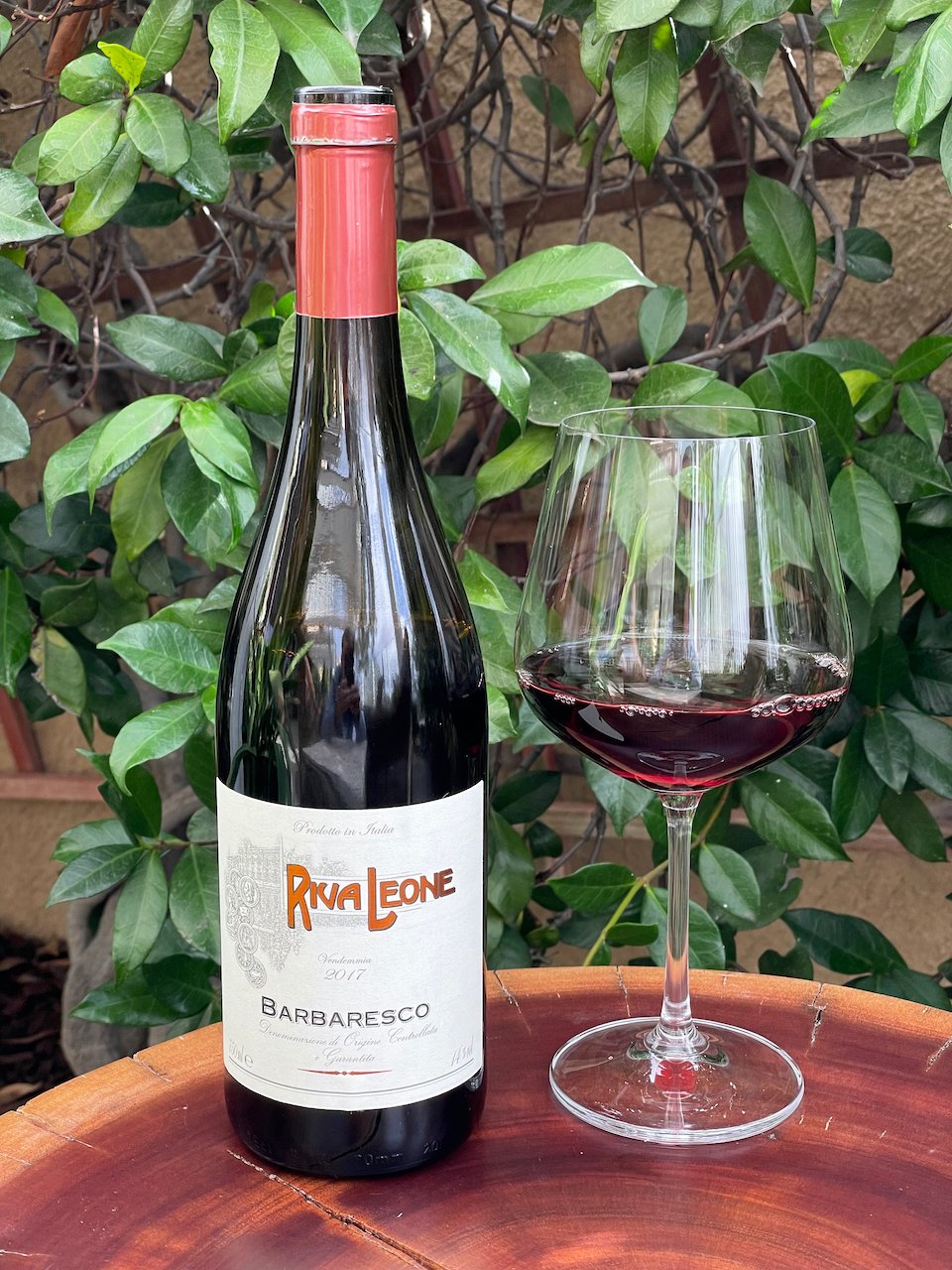Wines regularly get described by their aromas – floral, citrus, green apple, melon, herbal, cherry, plum and spice. But, Riesling – can it really including the aroma of petrol?
A lot of people might assume a bottle of Riesling must have gone bad if they detect an aroma anything like petrol, gasoline or kerosene. But, this actually is a key characteristic of an aged Riesling!
Not that a Riesling grape straight from the vine will have any such smell, but petrol is an aroma that forms during the fermentation process.
There is a lot of chemistry that goes on during a wine’s fermentation. And, the development of exotic chemical compounds is one of these.
As I started with, the fermentation of grapes can result in a tremendous range of aromas – most of which come from the chemical interactions of the juice of grapes and yeast. Other aromas can be introduced during the aging process (e.g., from oak barrels).
It turns out that a petrol-like aroma is a natural occurrence in aged Riesling. Your glass of wine is not going to smell like a gas can, but there can be “delicate” aromas of petrol.
Without getting into the chemistry details, the reason that an aged Riesling can smells like gasoline is due to a chemical compound called TDN (1,1,6-trimethyl-1,2-dihydronaphthalene). While the potential for TDN to be produced and noticed in most wines is pretty low, Riesling grapes have the highest chance to exhibit this distinctive aroma. Don’t lose sight of the fact that the primary aromas of Riesling will be tropical fruit, red fruit, melon, citrus and spice. But, there can be this petrol-like aroma compound. And, in combination with the other aromas, it can also result in aromas of honey, beeswax or paraffin.
Sources: GL Sacks et. al. (2012), C Black et. at. (2012)
So, try an aged bottle of Riesling. Not that petrol is an aroma you may desire, but open up mind and your nostrils and see if you can pick out the aroma. It’s not for everyone, but it’s certainly worth trying as you continue on your wine journey. Cheers!




